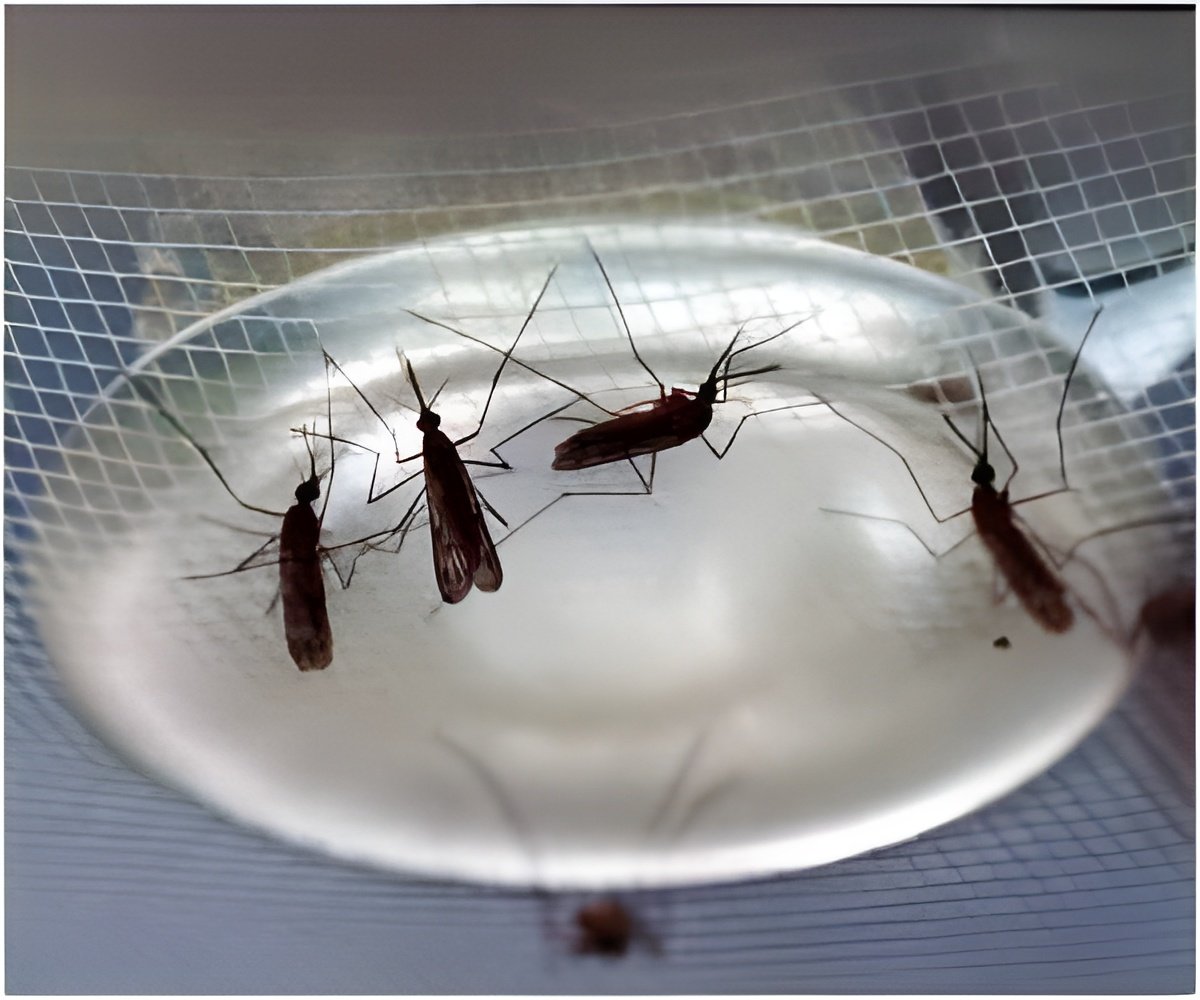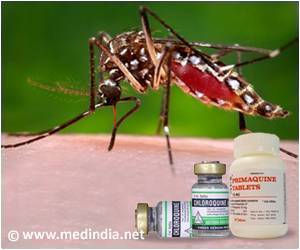
Malaria parasites normally invade human red blood cells in which they hide and reproduce. They then make the host cell burst and infect new cells. Using nanomimics, this cycle can now be effectively disrupted: The egressing parasites now bind to the nanomimics instead of the red blood cells.
Researchers of groups led by Prof. Wolfgang Meier, Prof. Cornelia Palivan (both at the University of Basel) and Prof. Hans-Peter Beck (Swiss TPH) have successfully designed and tested host cell nanomimics.
For this, they developed a simple procedure to produce polymer vesicles, small artificial bubbles, with host cell receptors on the surface. The preparation of such polymer vesicles with water-soluble host receptors was done by using a mixture of two different block copolymers. In aqueous solution, the nanomimics spontaneously form by self-assembly.
Usually, the malaria parasites destroy their host cells after 48 hours and then infect new red blood cells. At this stage, they have to bind specific host cell receptors. Nanomimics are now able to bind the egressing parasites, thus blocking the invasion of new cells. The parasites are no longer able to invade host cells; however, they are fully accessible to the immune system.
A large number of nanomimics were able to bind to the parasites and the reduction of infection through the nanomimics was 100-fold higher when compared to a soluble form of the host cell receptors.
Advertisement
The research is published in the scientific journal ACS Nano.
Advertisement












